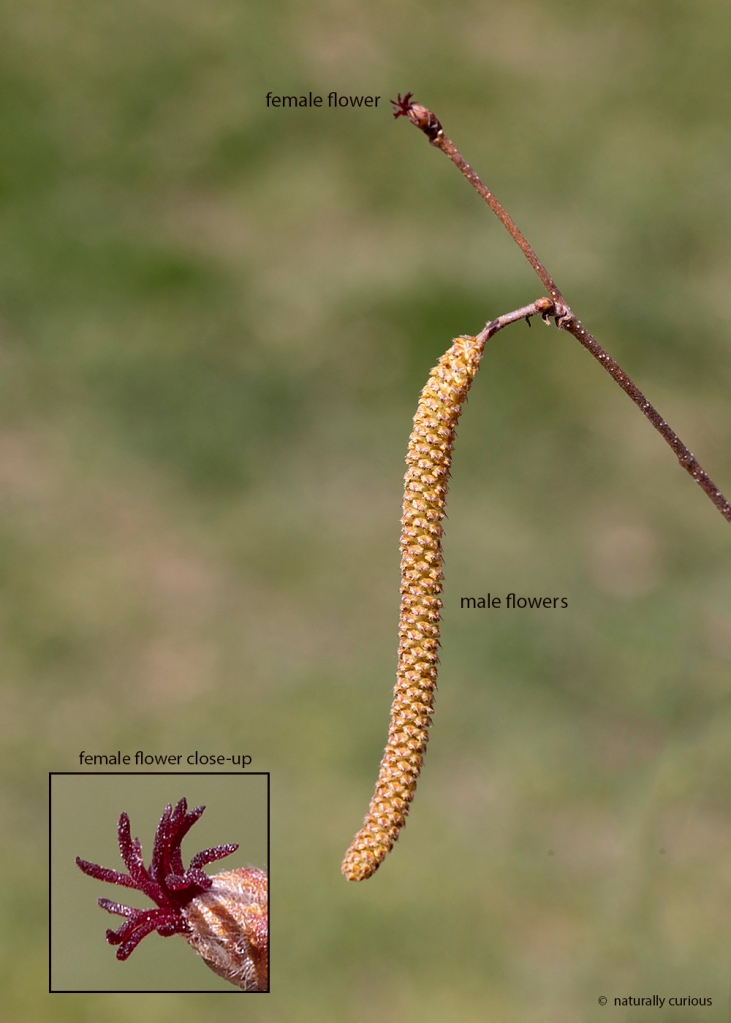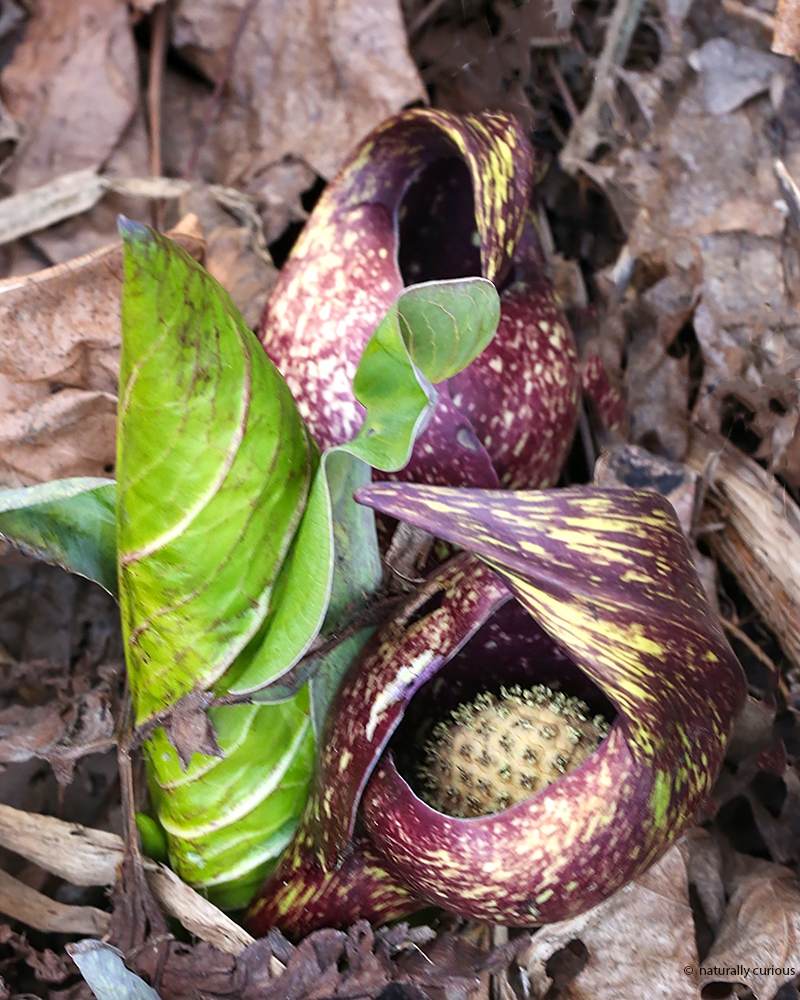
Because they live in marshes amongst dense vegetation where sight is restricted, American Bitterns communicate with each other largely through their calls. These calls are made at a very low frequency which allows them to be audible at great distances.
The call heard most often, especially early in their breeding season, is low, resonant, and composed of three syllables that sound something like “pump-er-lunk,“ preceded by a series of clicking and gulping sounds. The male bittern accomplishes this by inflating his esophagus while simultaneously contorting himself quite violently. He repeats the call up to ten times, and uses it to establish his territory as well as to advertise for a mate. You can hear the American Bittern’s call by going to http://www.allaboutbirds.org/guide/american_bittern/sounds. (This post originally appeared on 5/11/15.)
Naturally Curious is supported by donations. If you choose to contribute, you may go to http://www.naturallycuriouswithmaryholland.wordpress.com and click on the yellow “donate” button.




























What Other Naturally Curious People Are Saying